
 |
Eager Space | Videos by Alpha | Videos by Date | All Video Text | Support | Community | About |
|---|

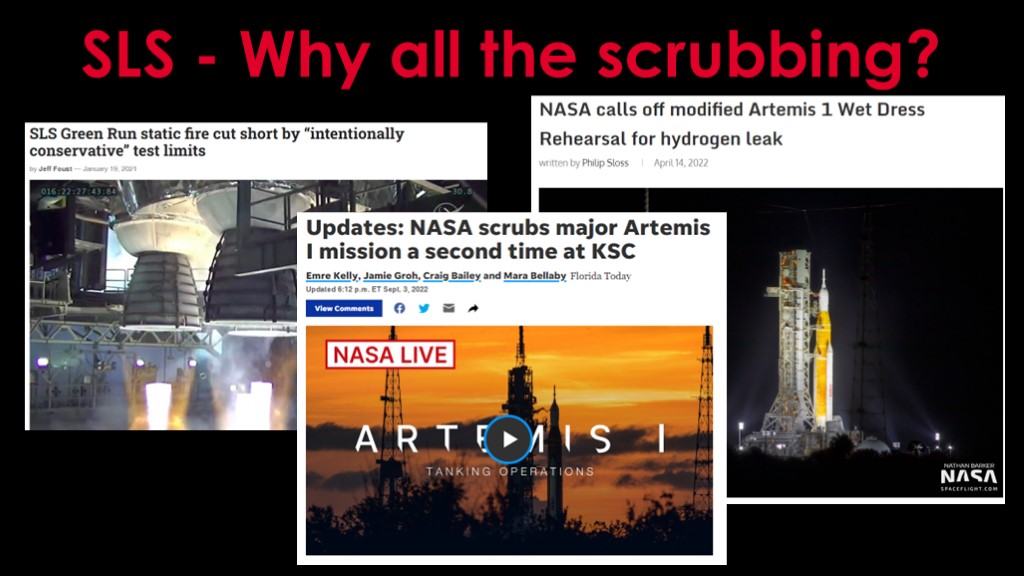
SLS has obviously had a number of scrubs...
They scrubbed in the green run test.
They scrubbed in the wet dress rehearsal
And they've scrubbed twice when trying to launch.
What's going on?
There are 4 factors worth talking about...
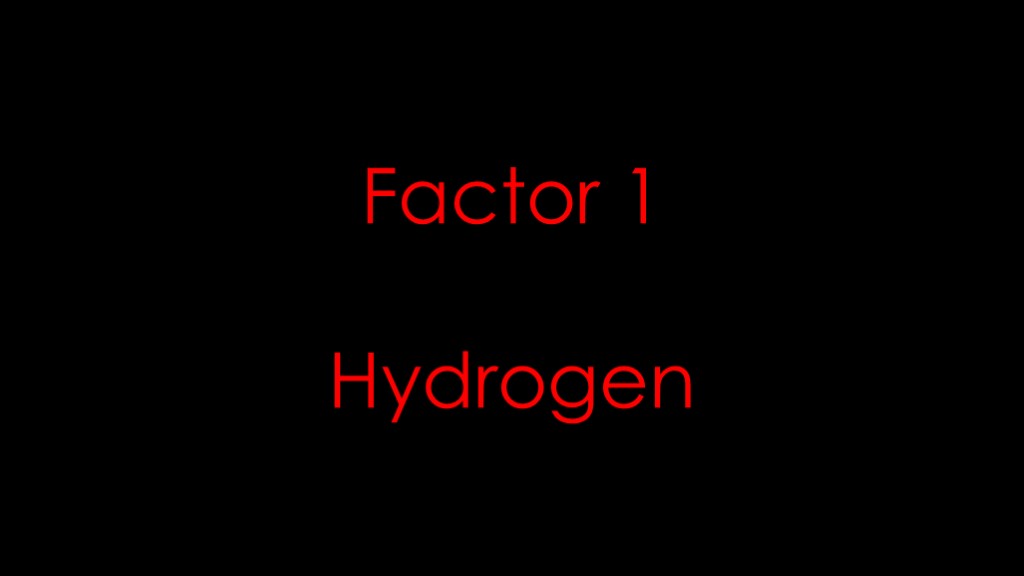
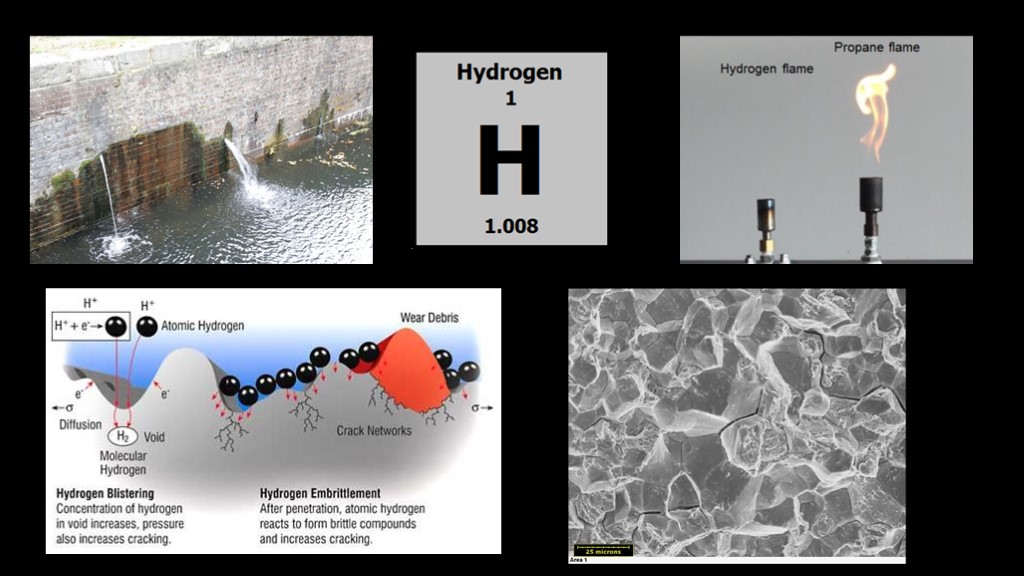
The fact that SLS uses hydrogen has been discussed a lot.
I won't go into the details of why SLS uses hydrogen, other than to say it uses hydrogen because shuttle used hydrogen.
Hydrogen is indeed a pain to deal with; it wants to leak out of everything and if it catches fire, you can't see it burn. Then there's this neat thing known as hydrogen embrittlement, where the small hydrogen atoms worm their way into cracks in metals and make them worse. Neat.
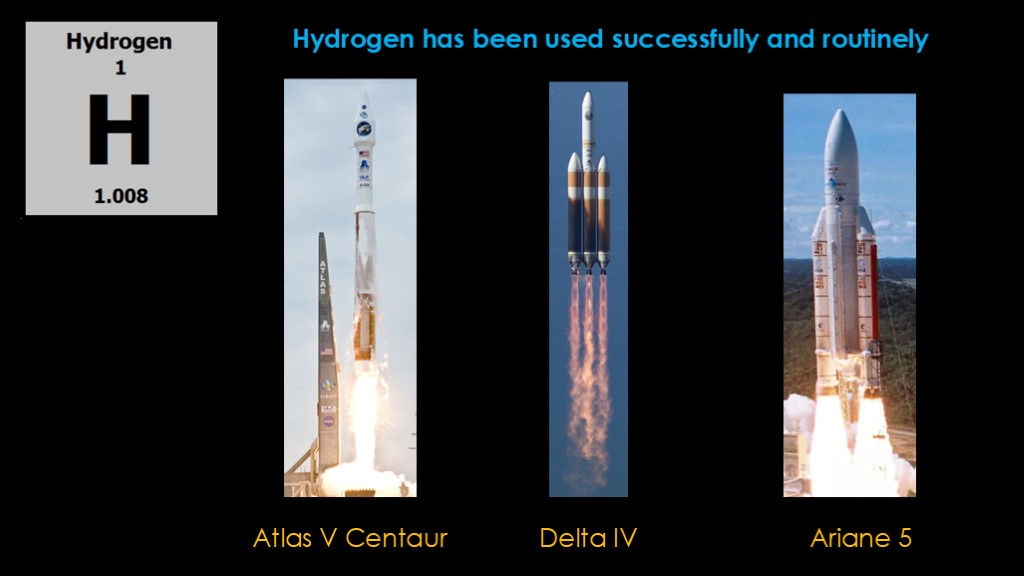
However, hydrogen is well understood; it has been used successfully and routinely for years in rockets like the Atlas V Centaur, the Delta IV, and the Ariane 5.
And in fact it was not a large source of launch day scrubs on shuttle.
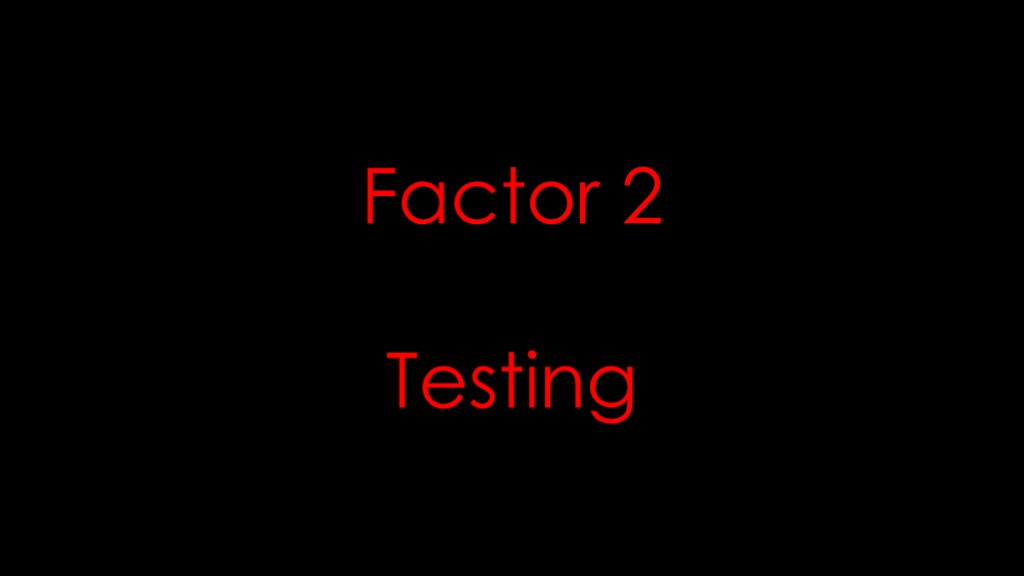
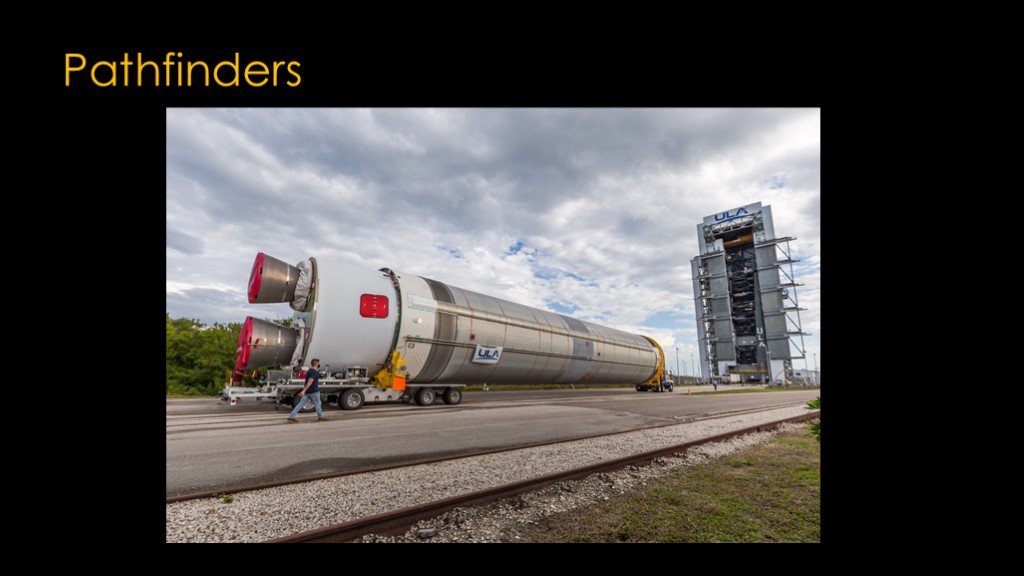
This is a ULA pathfinder from their upcoming Vulcan rocket, a core stage complete with development BE-4 engines from Blue Origin.
A pathfinder is a preliminary version of part of a rocket that is used to practice operations and find issues.
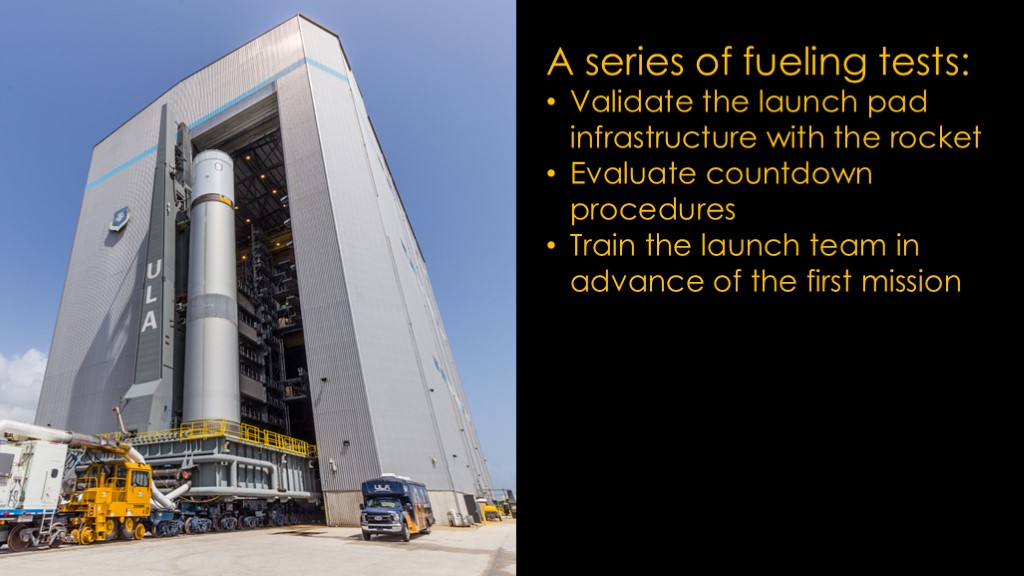
This particular one is a launch pad fueling pathfinder.
ULA will perform a series of fueling tests to
Validate launch pad infrastructure with the rocket
Evaluate countdown procedures
Train the launch team in advance of the first mission
They will perform these tests repeatedly to validate that the equipment is reliable and the procedures work as expected.
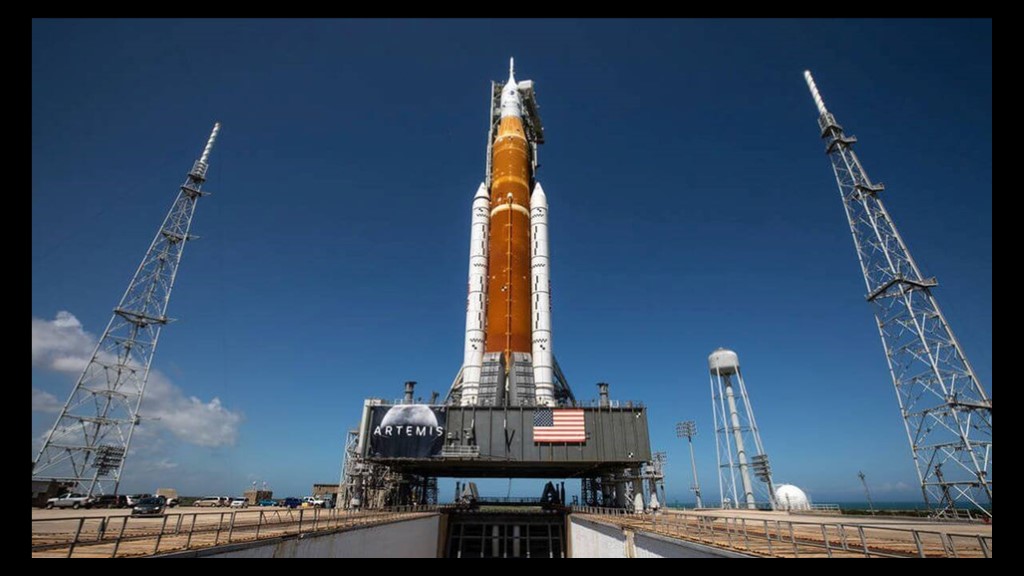
This is the SLS fueling pathfinder. You are probably thinking that it looks very much like the Artemis 1 rocket, and that is because it is the Artemis 1 rocket - NASA chose not to build a pathfinder that could be used for fueling tests in order to save money.
That means that the wet dress rehearsal was the first time that NASA had tried to fuel an SLS rocket. It failed the first test, failed the second test, and that is all the testing that NASA did. They have not proven that they can fuel the rocket reliably - if anything they have proven that they cannot.
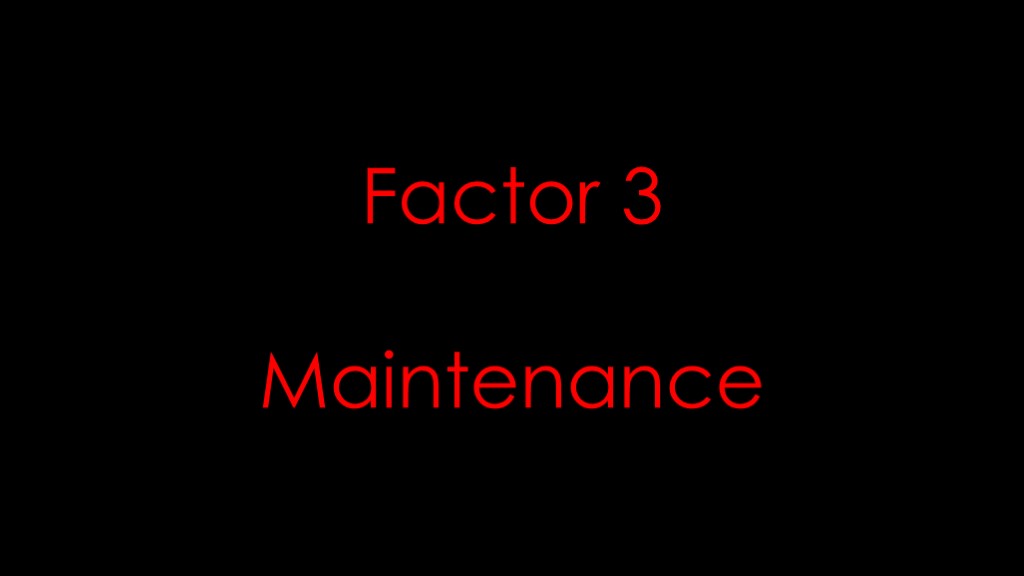
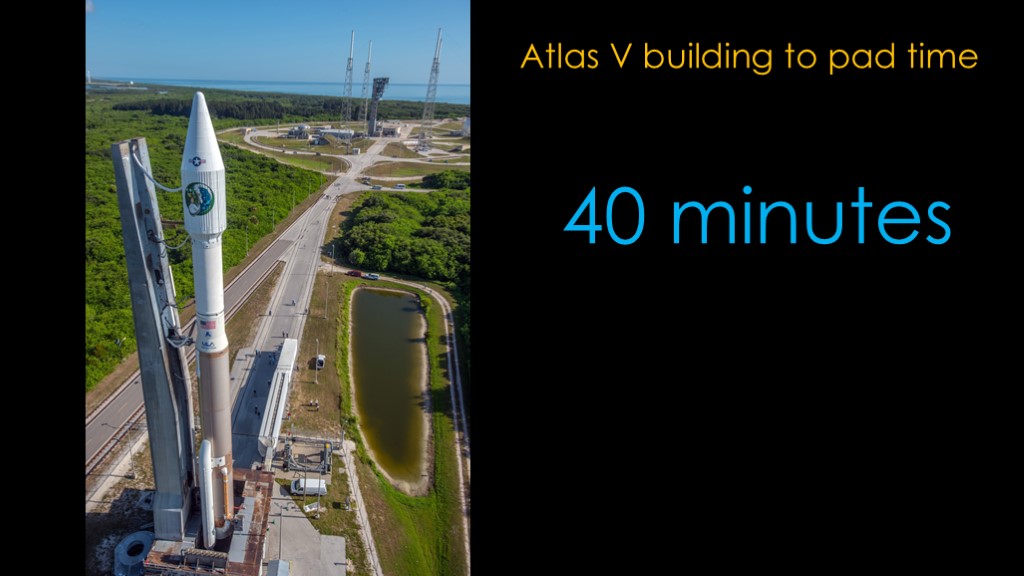
This is a view from ULA's integration building at pad 41 on cape Canaveral space force station, watching an Atlas V rocket journey out to the launch pad.
The time to get from the building to the launch pad?
40 minutes...
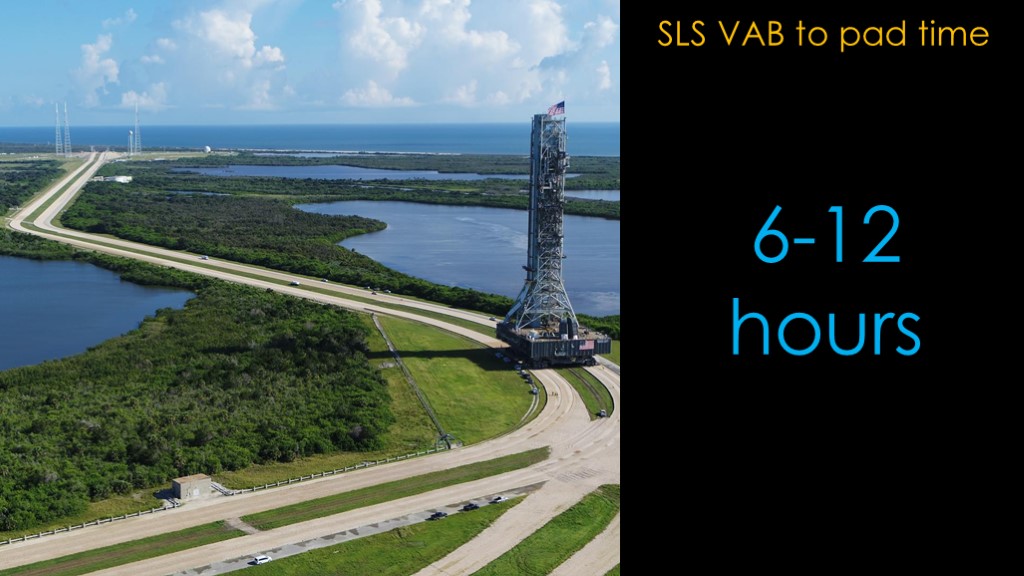
This is SLS on the mobile transporter
SLS takes 6-12 hours to get from the vehicle assembly building to the launch pad.
Which means that it's a day to roll one way, so the minimum round trip time is about 3 days, which means rolling back to the VAB is a big deal.
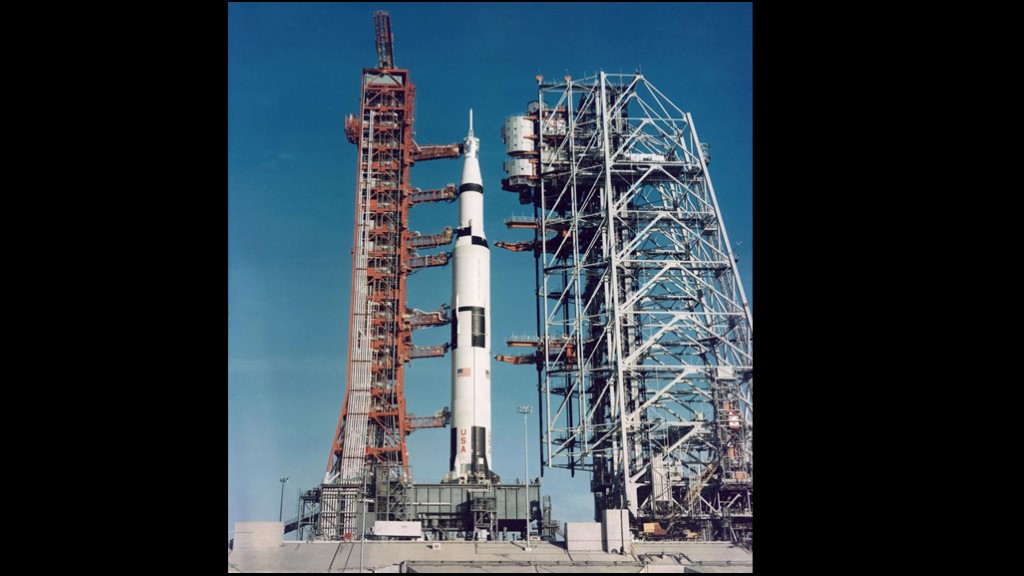
For Apollo, NASA built this large mobile service structure that provided access to various parts of the Saturn V rocket and totally enclosed the Apollo spacecraft. This allowed them to do some work on the launch pad.
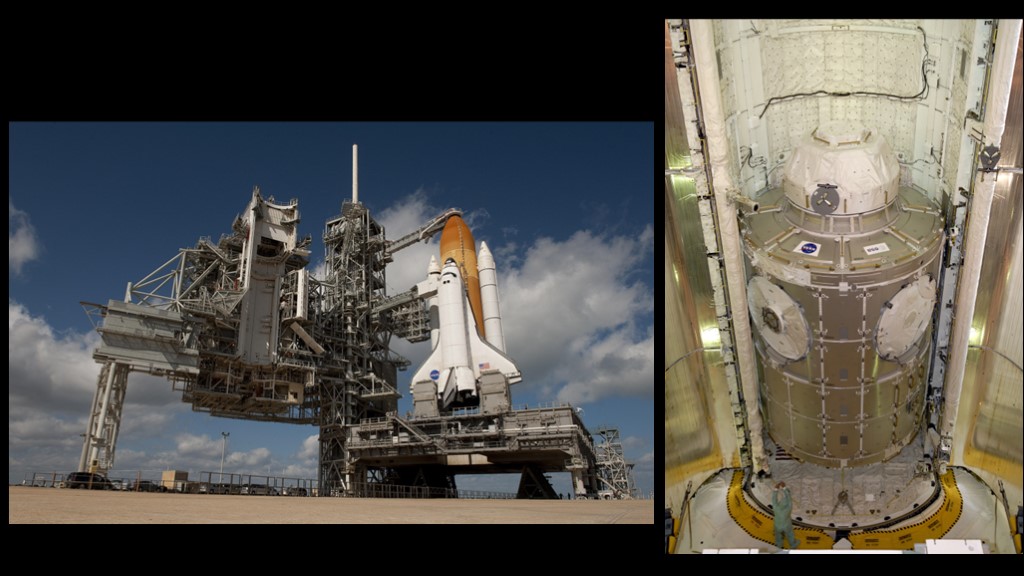
For shuttle, NASA went further, and created a rotating service structure that would cover most of the orbiter when closed. Not only could NASA access many of the orbiter systems, the structure included a full clean room that could be used to access the shuttle payload bay.
Lacking an easy way to work on the launch pad SLS harder to work with.
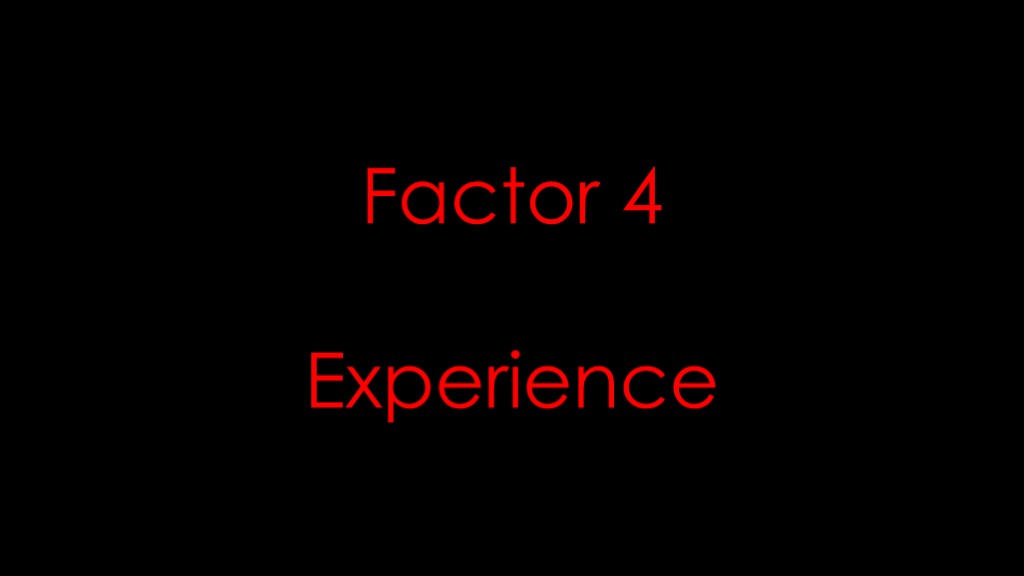
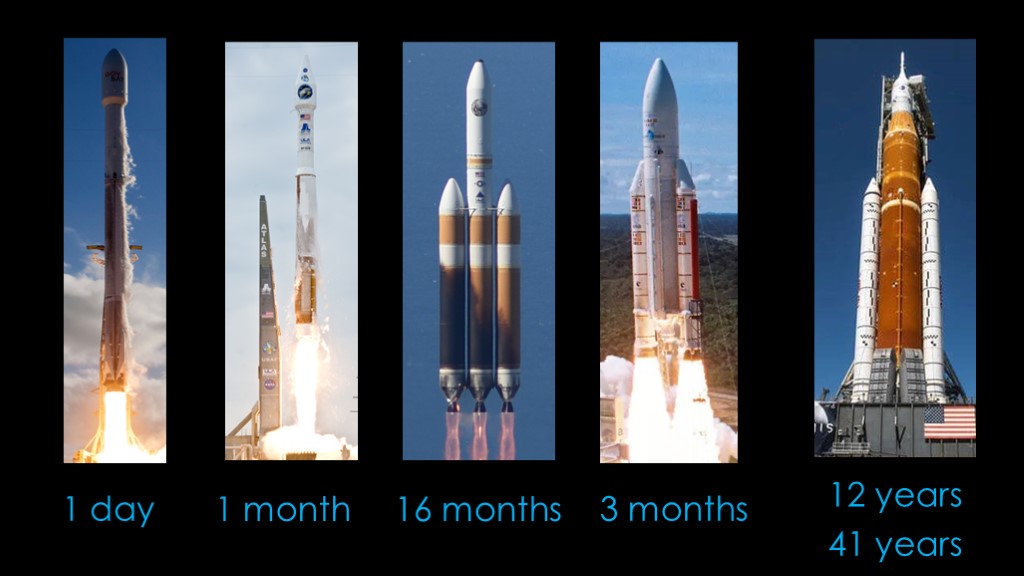
It's currently September 5th, 2022. How long has it been since a team has launched a specific rocket?
Falcon 9 flew last night, so it's been a day.
Atlas V flew a month ago.
Delta IV heavy doesn't fly very often. It flew 16 months ago
And Ariane 5 flew 3 months ago.
All of these teams are experienced in launching rockets and have done it relatively recently.
When did NASA last fly a rocket? It's been 12 years since the last shuttle flight.
When did NASA last fly a new rocket? It was the first flight of shuttle, 41 years ago. NASA simply does not have the institutional knowledge of what it takes to launch.

NASA has a number of structural issues that make it hard to make progress with SLS, and they've made choices that make it even harder.
I unfortunately don't see any sign that they are trying to build a system that is reliable, so we can expect that there will continue to be ongoing issues as the program progresses.
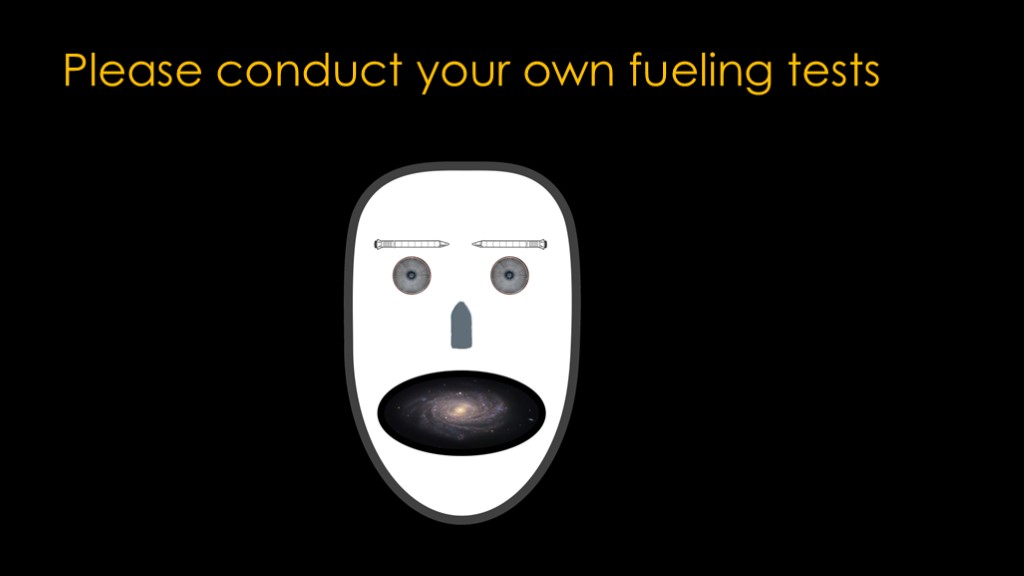
If you enjoyed this video, please conduct your own fueling tests and report your results.